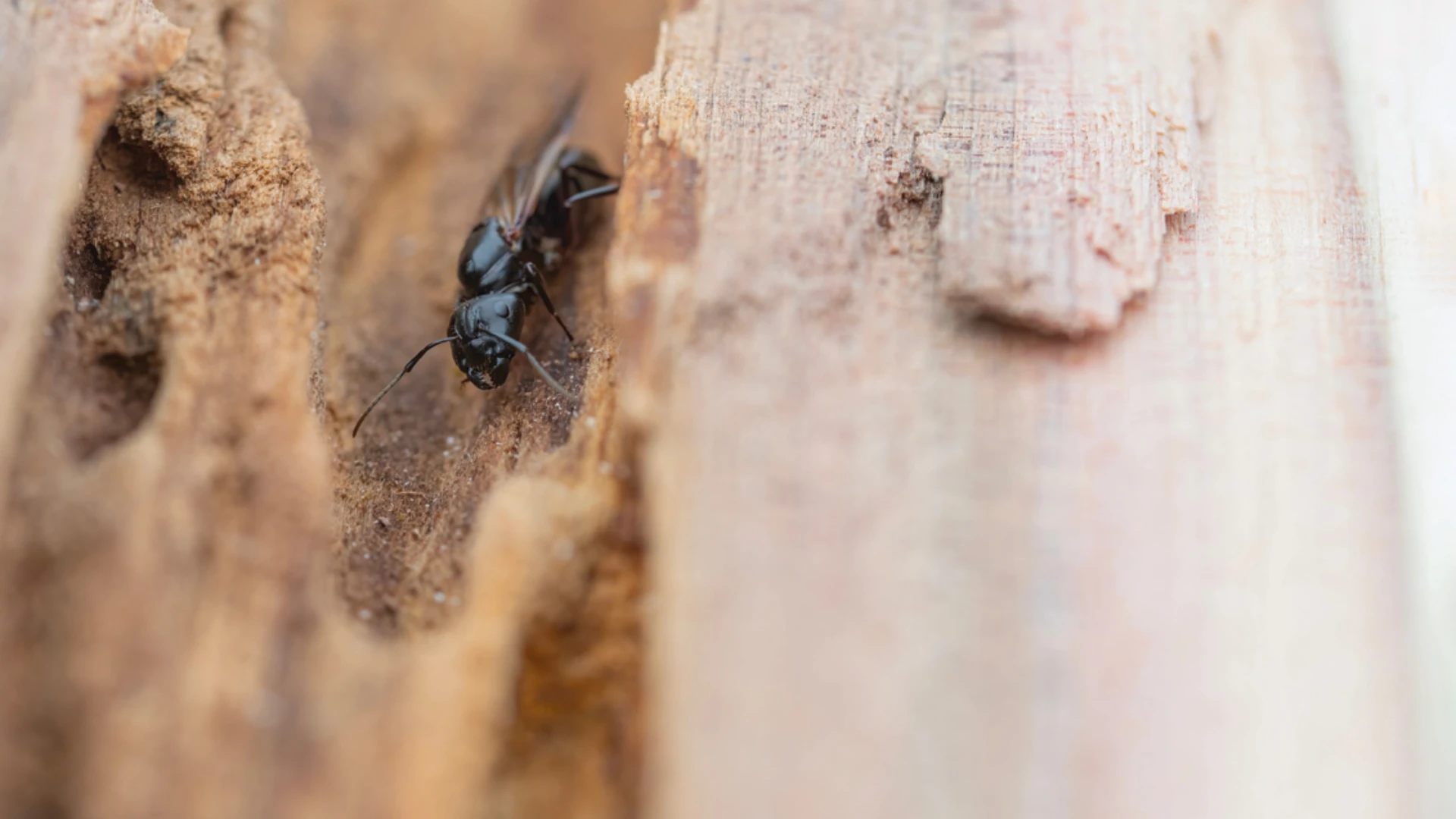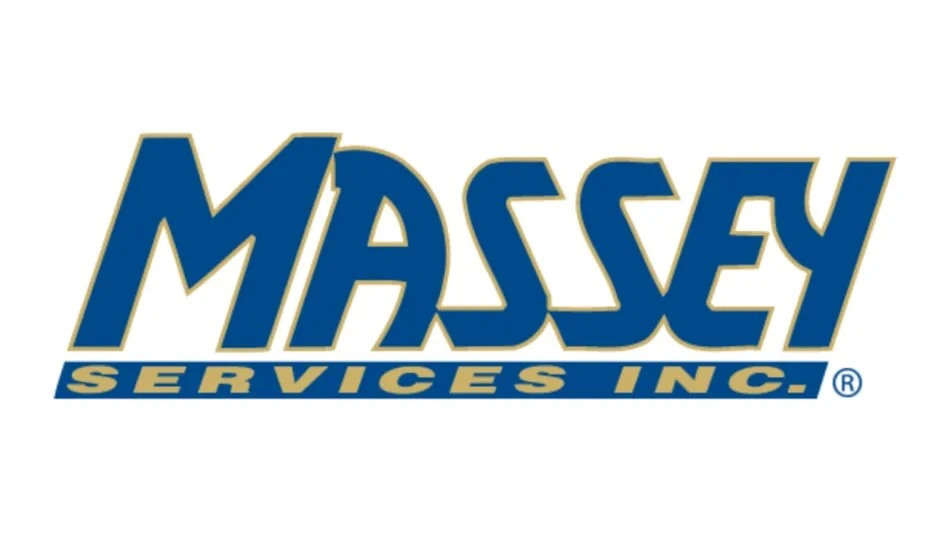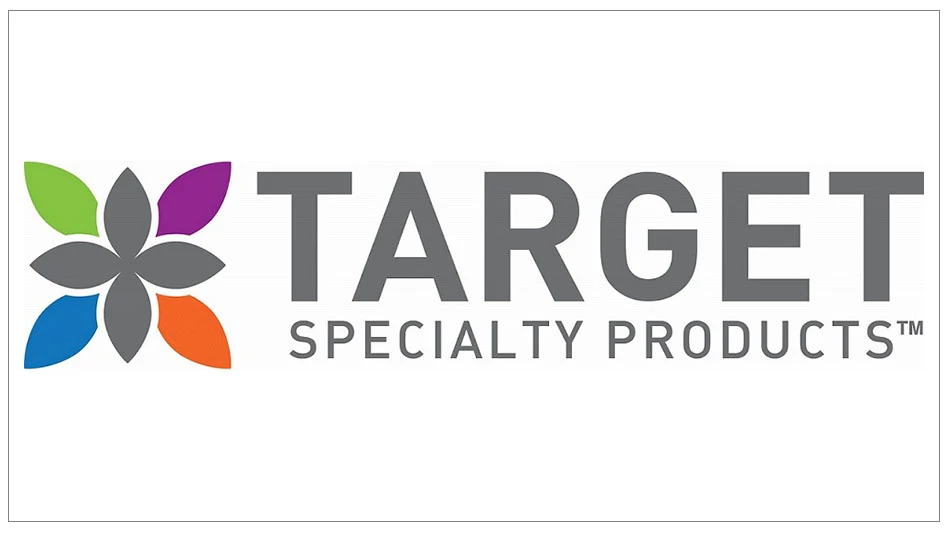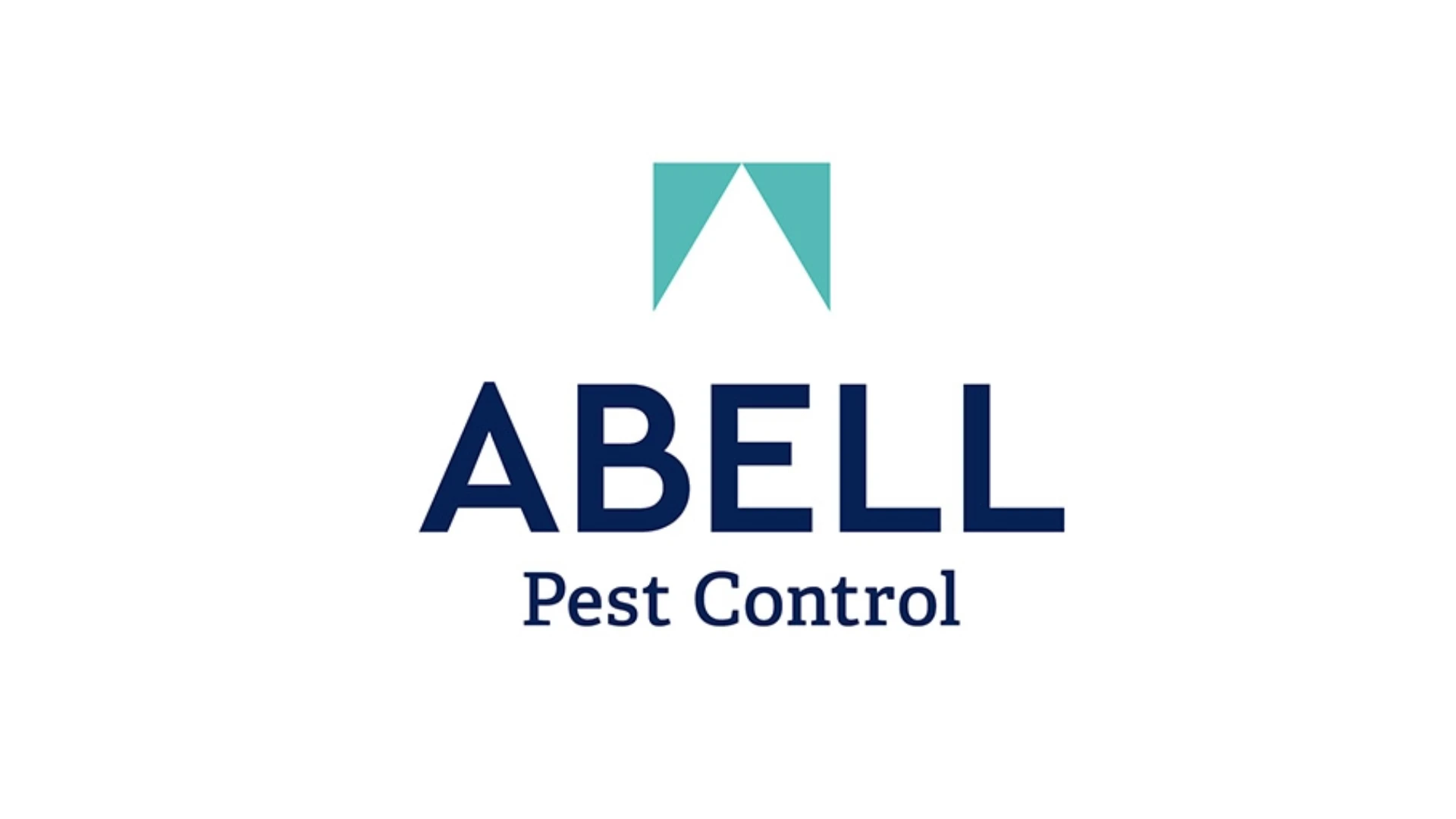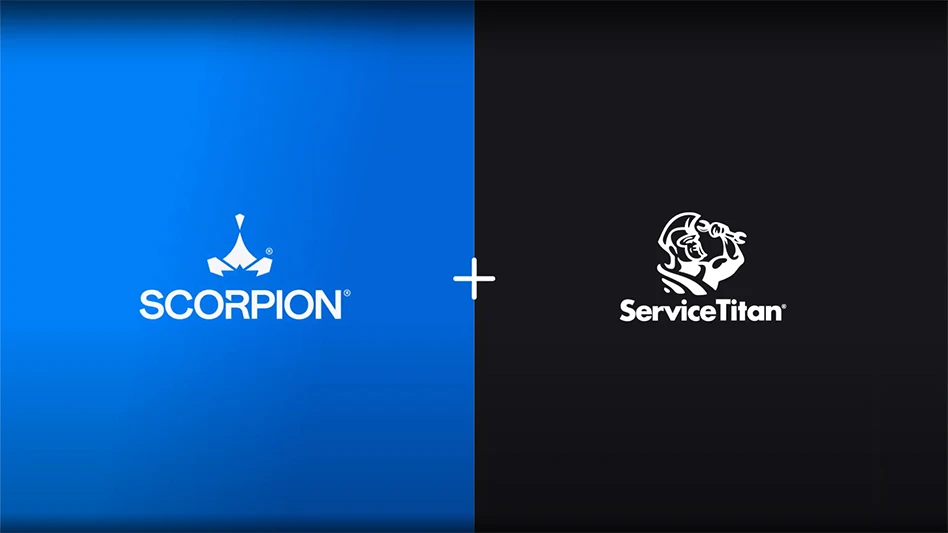|
|
As pest management professionals know, light plays an important part in fly control. Exterior lighting can assist or disrupt a pest management professional’s control strategy. The type of light, the location of lights and the color can all affect your efforts. Even though we know that sodium vapor is better than mercury vapor, most customers are not willing to spend the necessary money to replace such units. If you suggest changing direct lighting on the building to indirect lighting away from the structure, it may not be financially (or physically) possible. So we are left with using insect light traps (ILTs), along with the proper sanitation and chemical control methods. In this article, I will try to highlight the proper uses of ILTs.
PROPER USE OF INSECT LIGHT TRAPS. How many times have you heard a customer or a technician say, “I have fly lights in there, isn’t that good enough?” The simple fact is that having ILTs in an account is only a small part of the overall fly control program. A fly light does not equal fly control in most cases. The best description for these devices should be a “flying insect monitor,” not a control device. These machines do offer some control by removing adult flies but it is when we depend on them solely that it becomes a problem.
With that being said, we should look at the proper ways to select, use and place ILTs in customer facilities. There are many different types of ILTs in the marketplace and they each claim to have advantages over the others. It has been stated several times by many that a fly light is nothing more than a box with a glueboard and light bulbs in it. However, I believe that the design does have an effect on the efficacy of the units. Units that have too much closure on the front grill may have less light output, so they appear to be less effective. Units with too much open space on the front may catch more than you want it to (i.e., people’s clothes, trash, fingers, cigarette butts, etc.). So, which ILT do you choose to use for your customers? The options that you offer should be based on several factors.
TYPE. There are several different types of units available. Pest management professionals should use a unit for non-public areas, such as kitchens or food-processing areas. There should be a second type of unit for the public areas (this is the one typically called the “sconce” or decorative units) and a third type would be the large industrial device for warehouse and large production facilities.
The fourth would be electrocution devices. These machines can still be used outdoors or in non-food warehousing areas. Not all electrocution devices are certified for outdoor use, so check with the manufacturer’s specifications prior to installation. By limiting the number of units to just three or four primary choices, you can save a lot of hassle in stocking and inventorying glueboards. The more options there are the less likely a serviceperson will have the correct glueboard when they arrive to service the account.
SIZE. The size of the various ILTs should be one item for consideration. In most food-service locations, space is at a premium on the walls, so the size of the device will dictate if it may be used. Some units can be positioned vertically or horizontally. These types of units may hold some appeal for their diversity. The depth of the units (distance off the wall) should also be considered. Units that are slim line and low profile may hold a better attraction for your customers. They present less of an obstacle to the customers and their employees. There is also less likelihood of the units being struck by racks, trays and other moving objects.
PLACEMENT. Location, location, location. This is the most crucial part of using ILTs. The placement of these devices should be based on several factors. Competing light sources must be considered. An ILT placed in direct sunlight in the dining area of a restaurant is not going to catch many flies. Likewise, an ILT placed where the security lights are on at night may not be successful either. If the flies cannot distinguish the ultra violet (UV) output of an ILT from other light source, artificial or natural, they may not go into the traps.
The traps must be placed where the patrons of one of your customers cannot touch them. One phone call you do not want is that a child stuck their hand into a fly light and then wiped their hands on their clothes. Now you have a laundry bill, as well as a customer with concerns. If flies carry disease (and we know they do), it may be possible for a child to pick up the bacteria from flies in the trap. If so, you could have a major liability issue to face.
This causes some concerns with using sconce-type devices. The ideal place to put an ILT is where the insects are congregating. This can be determined with a thorough inspection. During the inspection, you should look for signs of fly resting places. These signs are the presence of “specks,” which are primarily fecal material and actual adult flies. Place the ILT as close to these areas as possible. Keep in mind that there will often be more than one of these locations in a facility. The resting areas may change throughout the day as temperature and light patterns shift. With this in mind, it may be necessary to place more than one unit out at different levels or areas.
Different fly species will be attracted to lights at different heights. Daytime flying insects, such as the housefly, are caught in what I will call the “strike zone.” In baseball, that is the space from the knees to the shoulders. This range, 3 to 6 feet, is where your ILTs should be placed if day flyers are the only target. For nighttime flying insects, such as moths, the insect light traps should be wall mounted 8 to 10 feet off the floor.
|
ONLINE ONLY: UF Study On Disease-Causing Pathogens |
|
GAINESVILLE, Fla. — University of Florida medical entomologists recently completed a study of numerous disease-causing pathogens, including one that causes meningitis, found on flies. To view an article on this study visit the Florida Pest Alert Web site at http://extlab7.entnew.ufl.edu/PestAlert |
Depending on the environment you are servicing, you most likely will have several species of flying insects to deal with. The program that you offer your customer should take this into consideration. Be creative. You may need an installation of ILTs that are on in the daytime and a separate set that are on at night (or different times of day). It pays to do a complete site survey prior to recommending and installing units. There are units that are portable and can be placed out in problem areas after the facility has closed. These units have some inherent problems in that you must often depend on the facility management and the person that they designate to remember to place the unit out. Even if this happens, there is no guarantee that the unit will be placed in the correct spot to be effective.
The location over which units are mounted also must be considered. Even though ILTs have a glueboard in them to catch and hold the insects, they still should not be installed over food contact surfaces, such as prep tables or prep/wash sinks. If a service is missed and the glue on the board starts to dry, the insects may fall out of the units. Not all insects that die in an ILT are caught on the glueboard. If the airflow in the facility is moving across the front of the unit, it can remove insects that are not in the glue.
MONITORS. As I stated at the beginning of this article, these devices should be considered a monitoring device. Analyzing the contents of the traps should give you clues as to the possible source or areas to check as sources. Knowing some basic biology of the common flying insects in your area will help you pinpoint the source of the insects. You may need to keep a record of the catches and analyze the trends. If you get an increase in a given species at the same time each month or year, take the proactive approach and try and prevent that inevitable phone call from a customer. Also, by analyzing the catch, you will discover other pests that are attracted to lights. This could lead to add-on sales or prevent a phone call from an irritated customer.
The author is national commercial technical manager for Orkin Pest Control, Atlanta, Ga. He can be reached via e-mail at fmeek@pctonline.com.

Explore the June 2002 Issue
Check out more from this issue and find your next story to read.
Latest from Pest Control Technology
- Rose Pest Solutions Becomes Official Pest Provider of Chicago Fire FC
- WSPMA Hosts Legislative Day at Washington State Capitol
- A-1 Pest Control Marks 59 years in Business
- Hawaii PCO Shares Regulatory Challenges, Business Impacts from Lahaina Wildfires
- 5 Tips for Reducing Waste in the Office and in the Field
- OvoControl Now Available in Chile
- Envu Announces Savings Programs for Pest Management Professionals
- Follow the Trail

